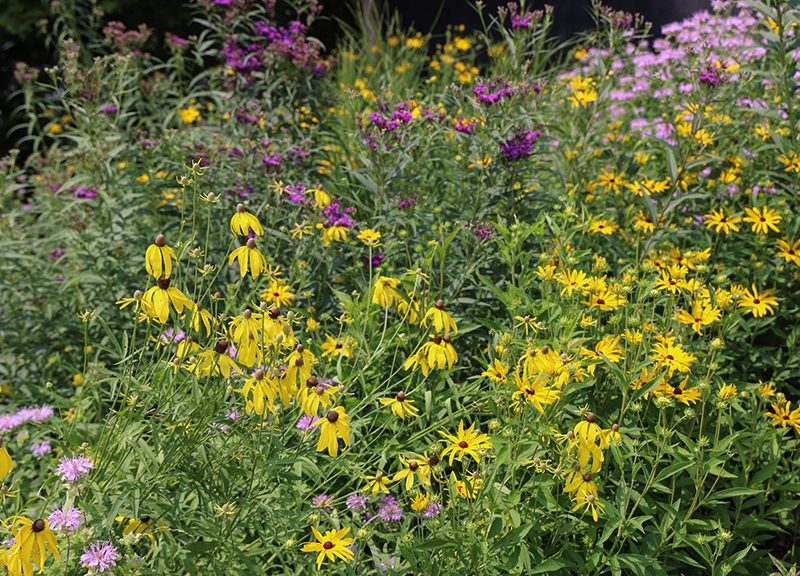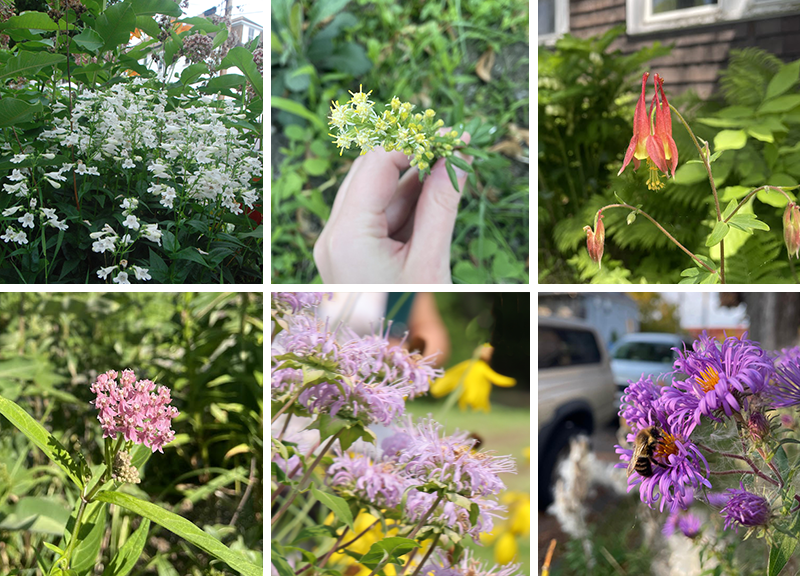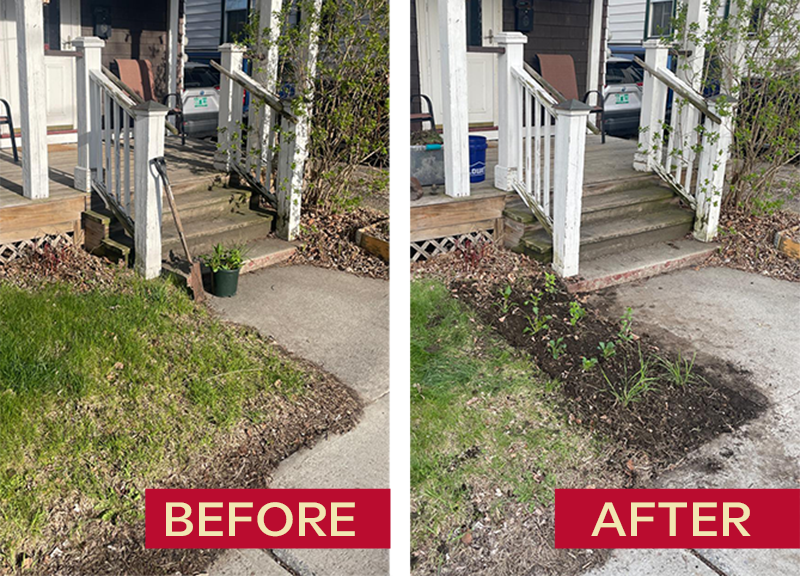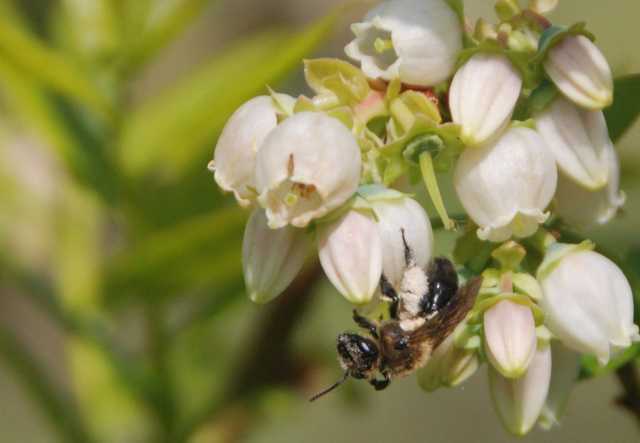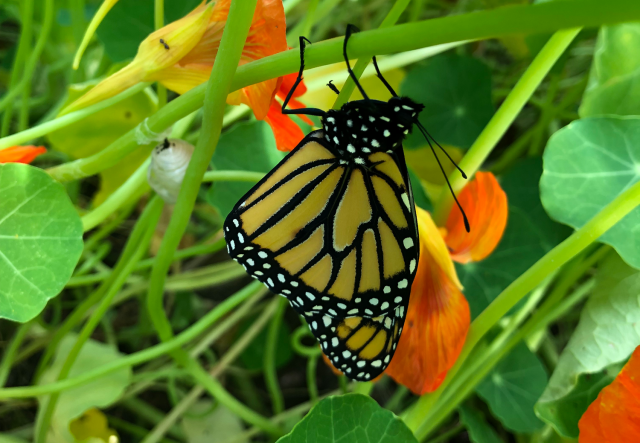Transform your backyard into a native pollinator oasis this summer
One summer morning in college, I suited up in an oversized, well-worn white bee suit and stepped into an apiary for the first time. Before that day, I’d never given pollinators much thought, but I was studying in France and my host dad kept a few hives, and I was ready to learn. As bees buzzed all around me and I struggled to follow the fast-paced, technical French, I felt tense and apprehensive.
Then my host dad opened the lid of his hive. He looked at me, closed his eyes, took a deep breath, and said, “Oh Leslie, la musique des abeilles…” – the music of the bees. I was instantly calm – and changed. Back at school in Boston that fall, I began my journey into the world of pollinators, sparked by – and remembering – my host father’s reverence and deep care for his bees.
— 🐝 —
Domesticated honeybees tend to get most of the attention, but thousands of native bee species worldwide — over 350 right here in Vermont — also play a crucial role in the pollination of our crops and wild plants. And it’s not just native bees, but native wasps, butterflies, moths, flies, and beetles too. There are so many pollinators out there to be aware of and protect.
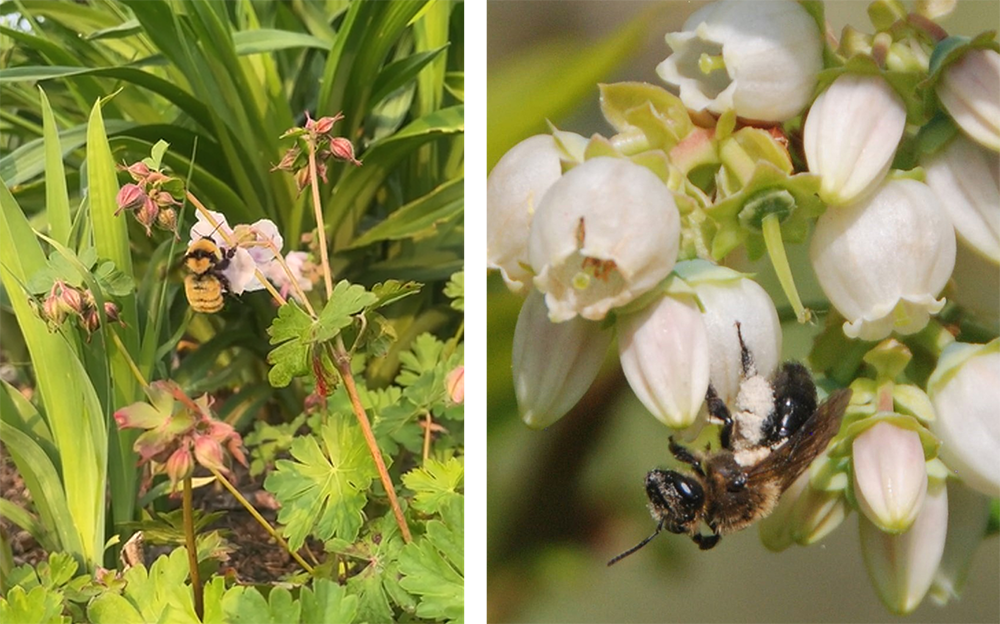
Contrary to popular opinion, keeping a hive of honeybees does not really contribute to conservation efforts. In truth, keeping honeybees to “save the bees” is like raising chickens to save wild songbirds. (Honeybees are considered livestock by the USDA, not wildlife.) Habitat loss, pesticide use, and climate change are driving declines in our native pollinator populations across the globe; protecting them requires action from all of us.
What I love about native pollinator conservation is that — unlike addressing many of today’s overwhelming environmental challenges — we can take immediate action, right in our own backyards.
Native pollinators need one thing above all: a safe, pesticide-free habitat filled with native plants.
Are you interested in transforming your space into a native pollinator oasis this summer? Here are simple ways that you can support these important insects right in your backyard or community:
- Let all or part of your lawn grow wild: Insects will benefit from flowering “weeds.”
- Avoid pesticides: Even small amounts can harm pollinators. (What kills a mosquito will also kill a bee.)
- Plant native flowers: Choose a variety of species for blooms from spring to fall. (See plants specific to the Champlain Valley.)
- Embrace a messy garden: Skip fall cleanup! Leave stems and leaf litter to shelter overwintering insects.
- Leave some dead pithy stems year-round: They provide nesting sites for wild bees.
- Add potted plants: Brighten your balcony or steps with native flowers.
- Contribute to community science projects: Upload insect observations to iNaturalist to help researchers track populations.
- Become a pollinator advocate: Spread the word about the need to take action to protect wild pollinators to your family, friends, landlord, or school.
Poet Mary Oliver says it best: “Attention is the beginning of devotion.” That line has always resonated with me, because my dedication to protecting pollinators simply began by paying closer attention to them in that French apiary. This summer, I hope you notice a new pollinator in your path, and you let that moment spark your own devotion to protecting them.
If you’d like to learn more, join me for a ‘Pollinator Safari’ at the Farm this summer, where we’ll explore the secret lives of native pollinators living alongside us and how to protect them. See Shelburne Farms calendar for current listings.
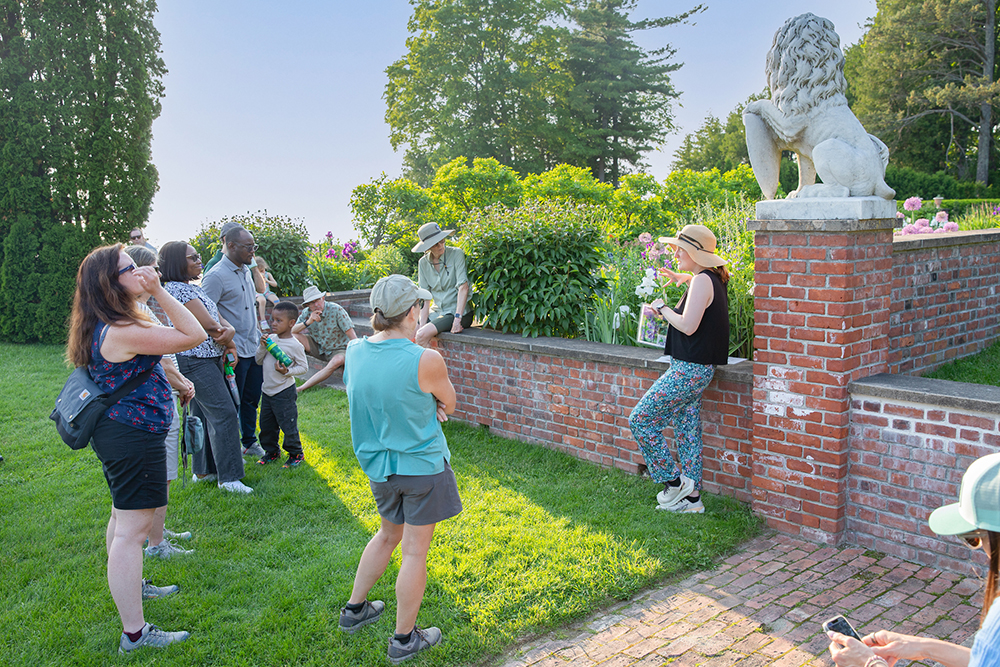
More resources:
- Grow Wild’s series of zines to learn more about native plant gardening. Free to download and share.
- “We’re Saving the Wrong Bees”, TED Talk by Nick Dorian
- Watchingbees.com: an online field guide to help you learn how to identify native bees in New England
- State of Vermont’s Wild Bees report by Vermont Center for Ecostudies
- Insect field guides from Tufts Pollinator Initiative

